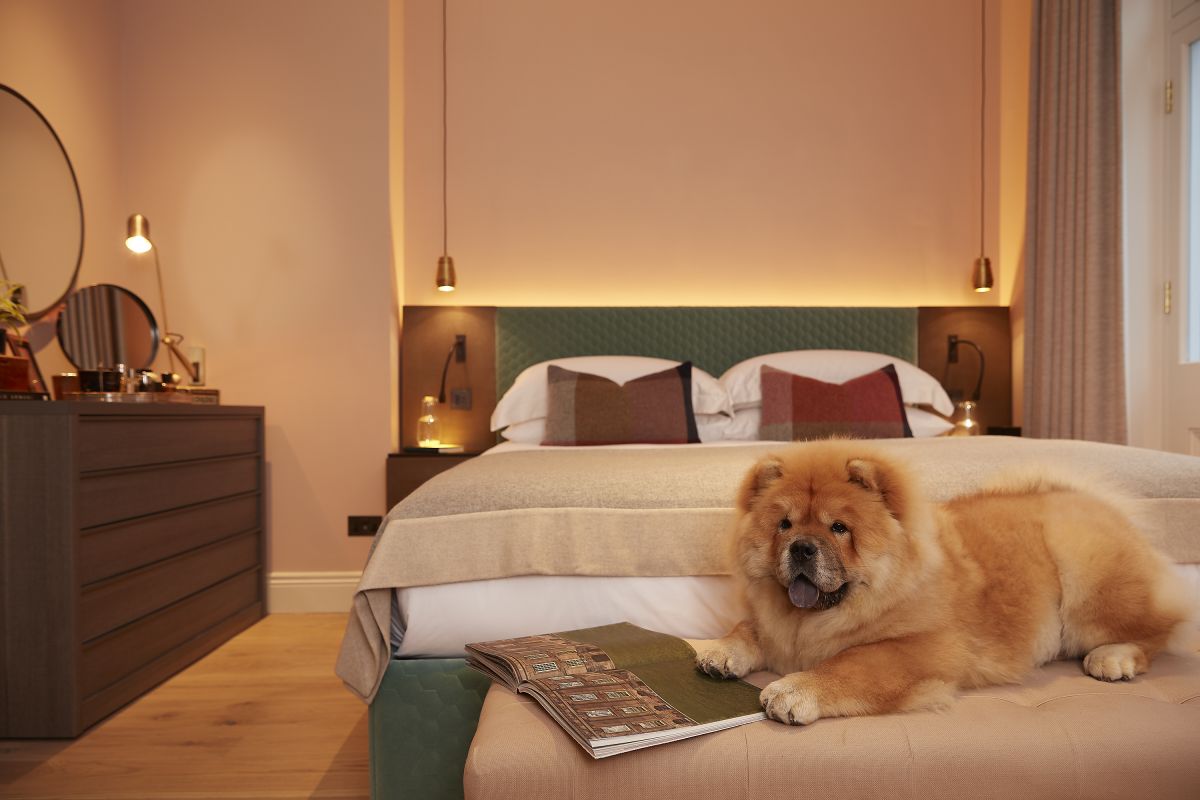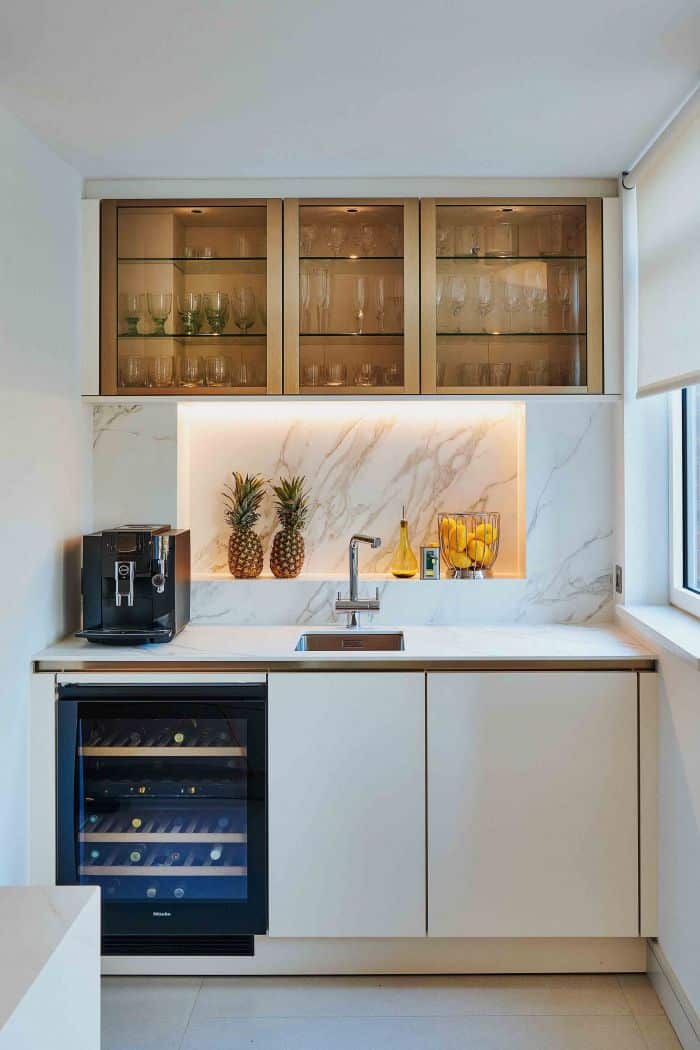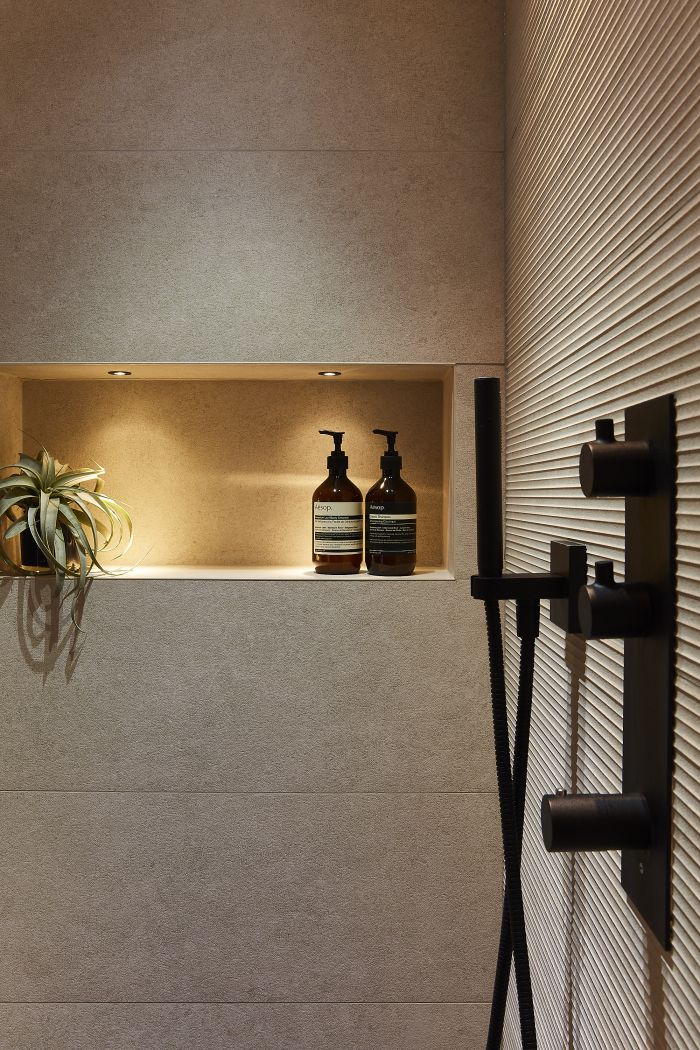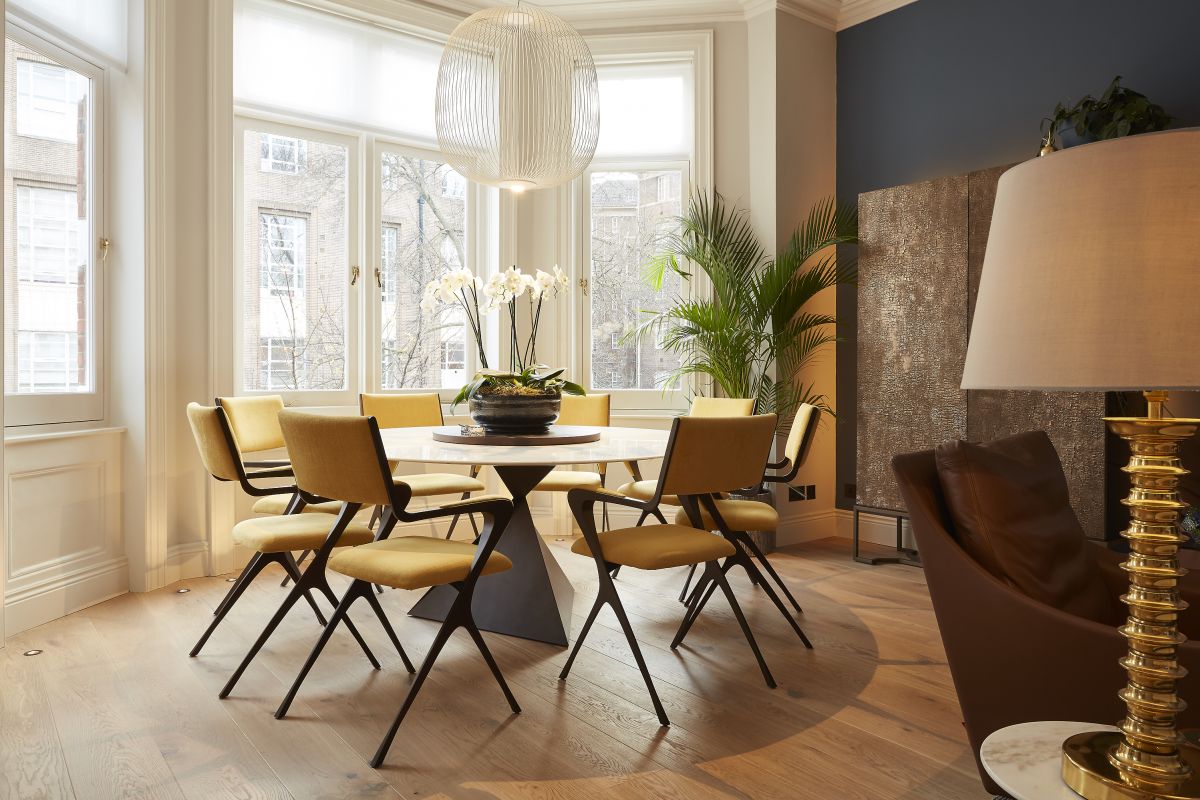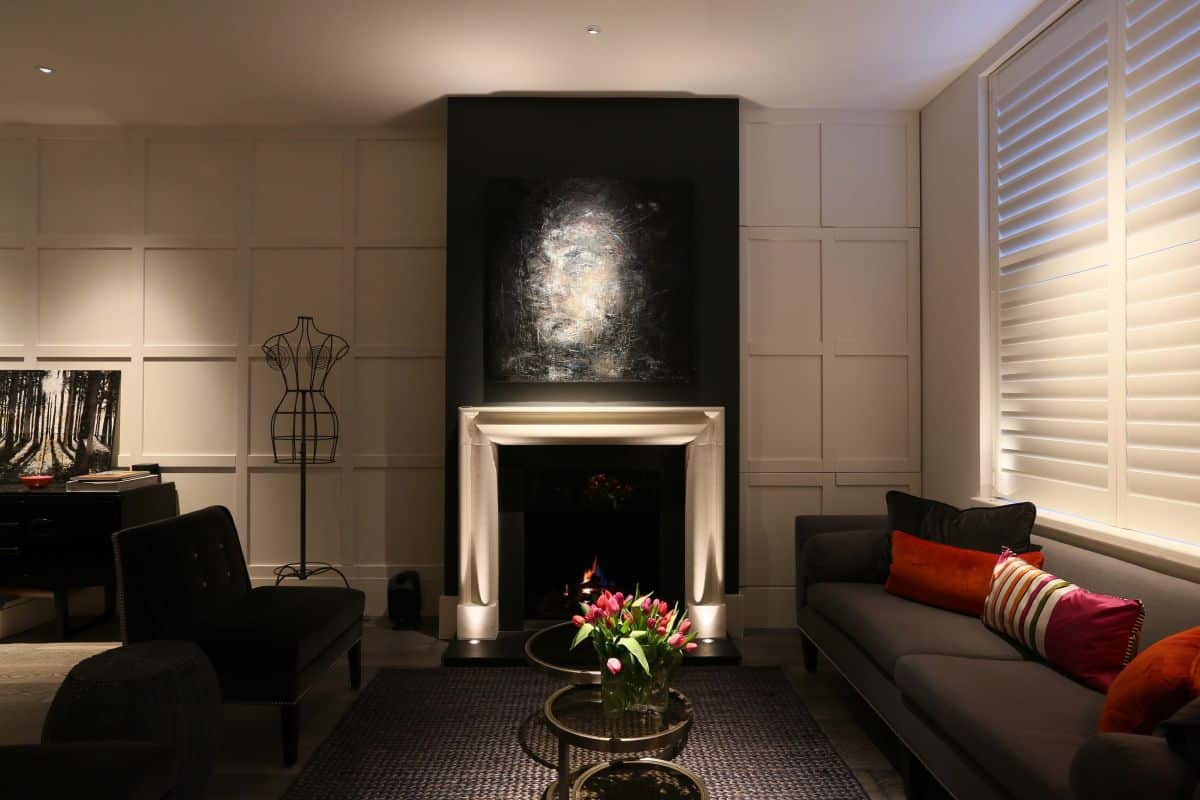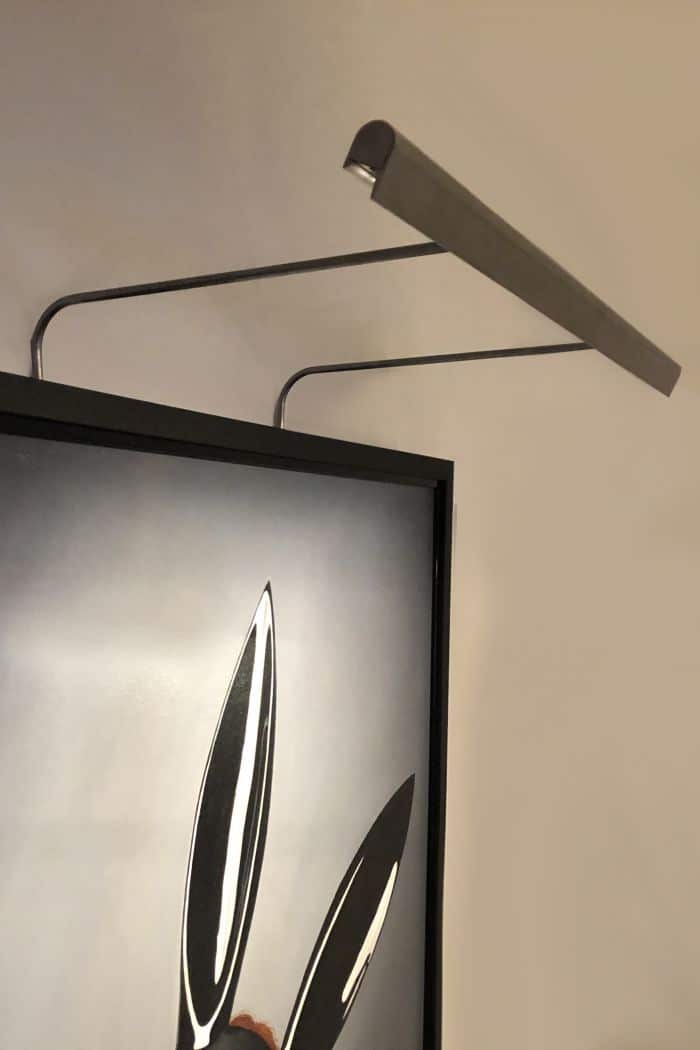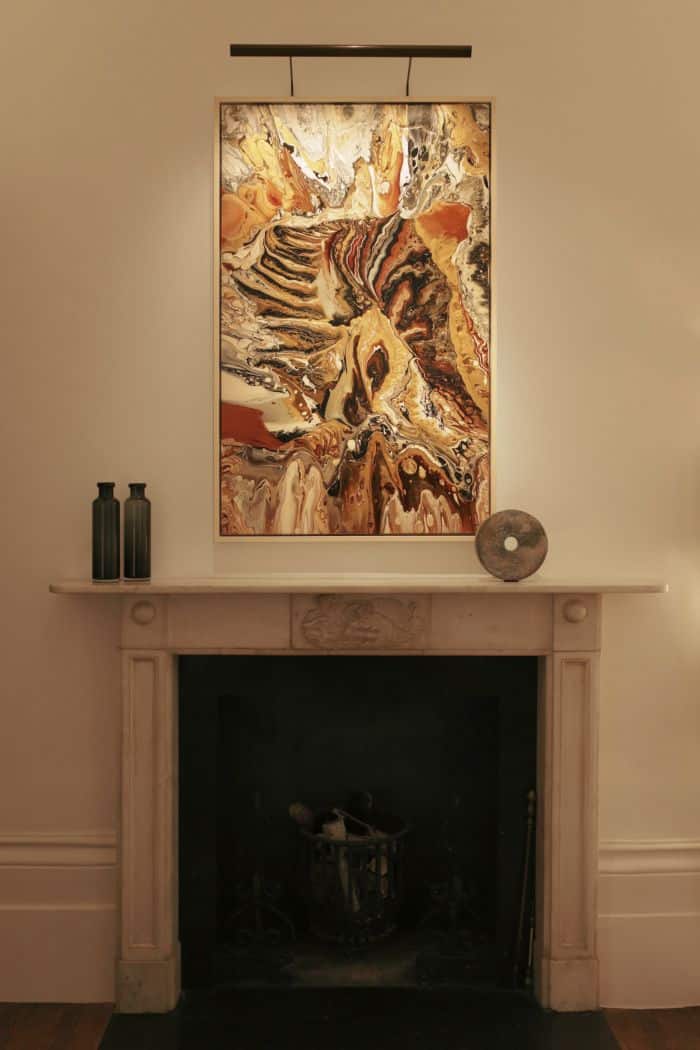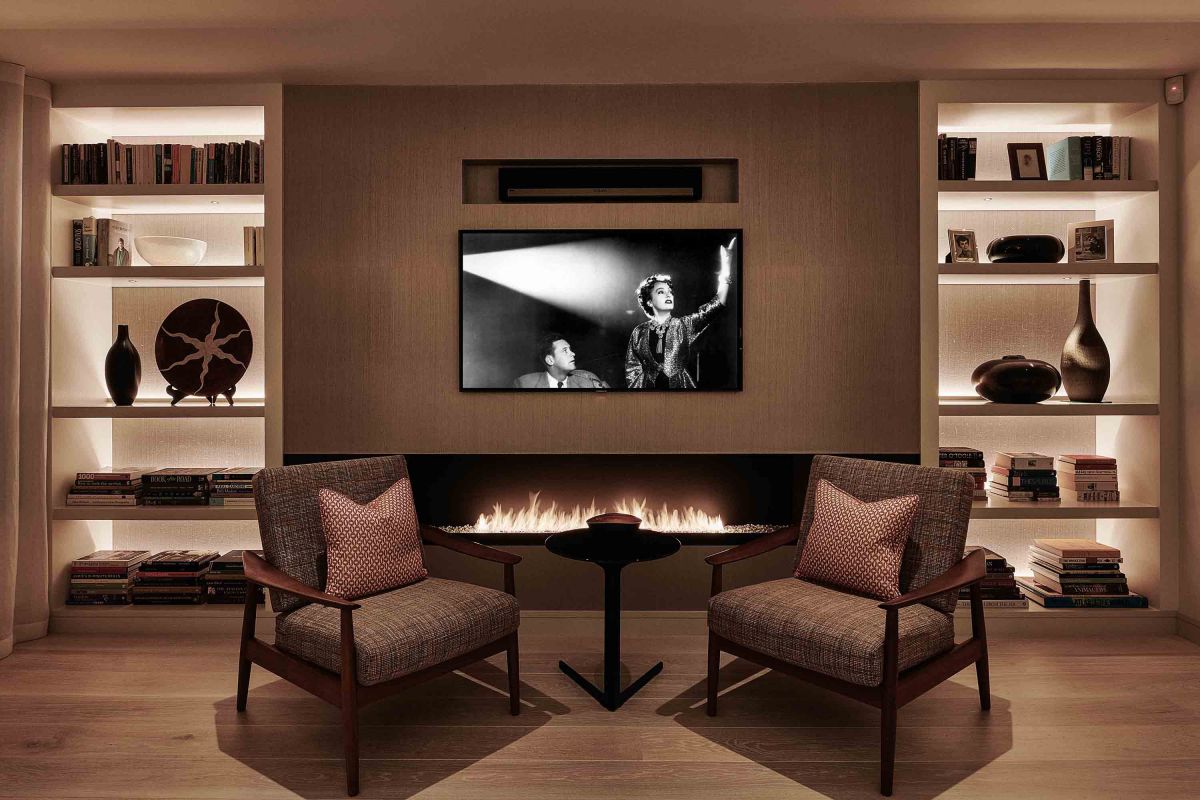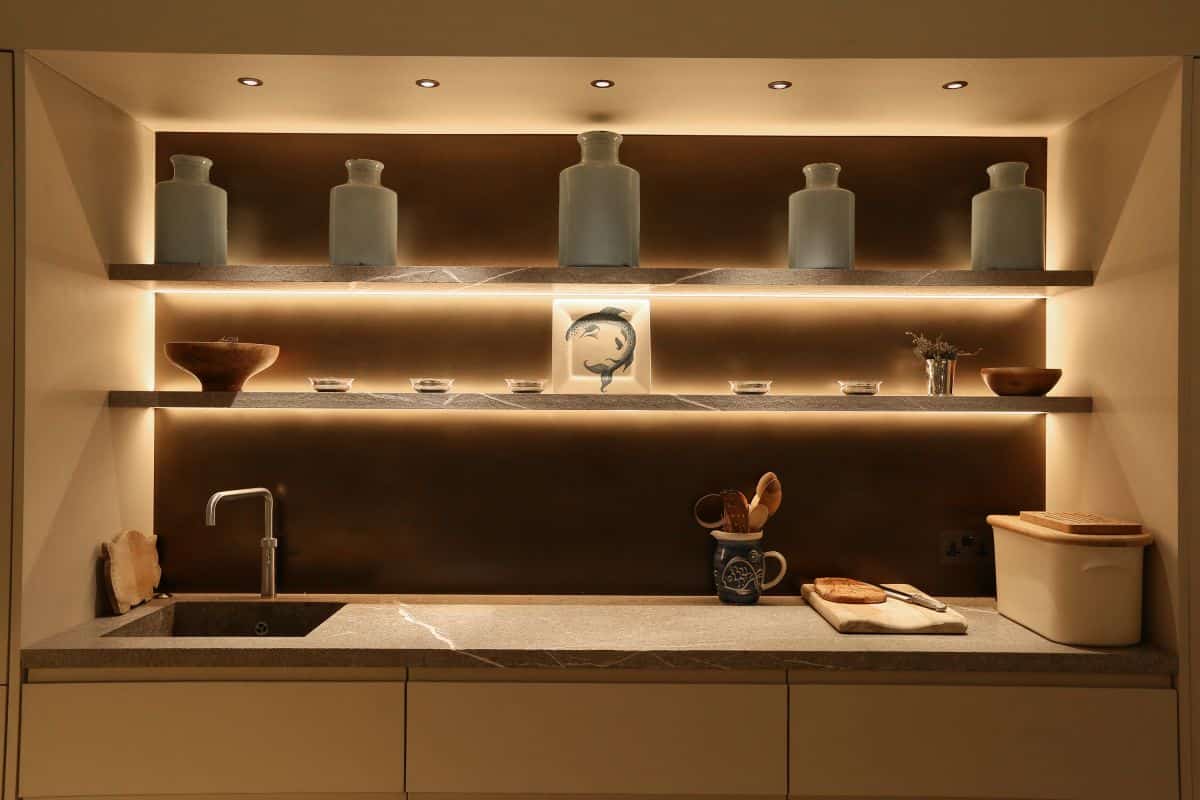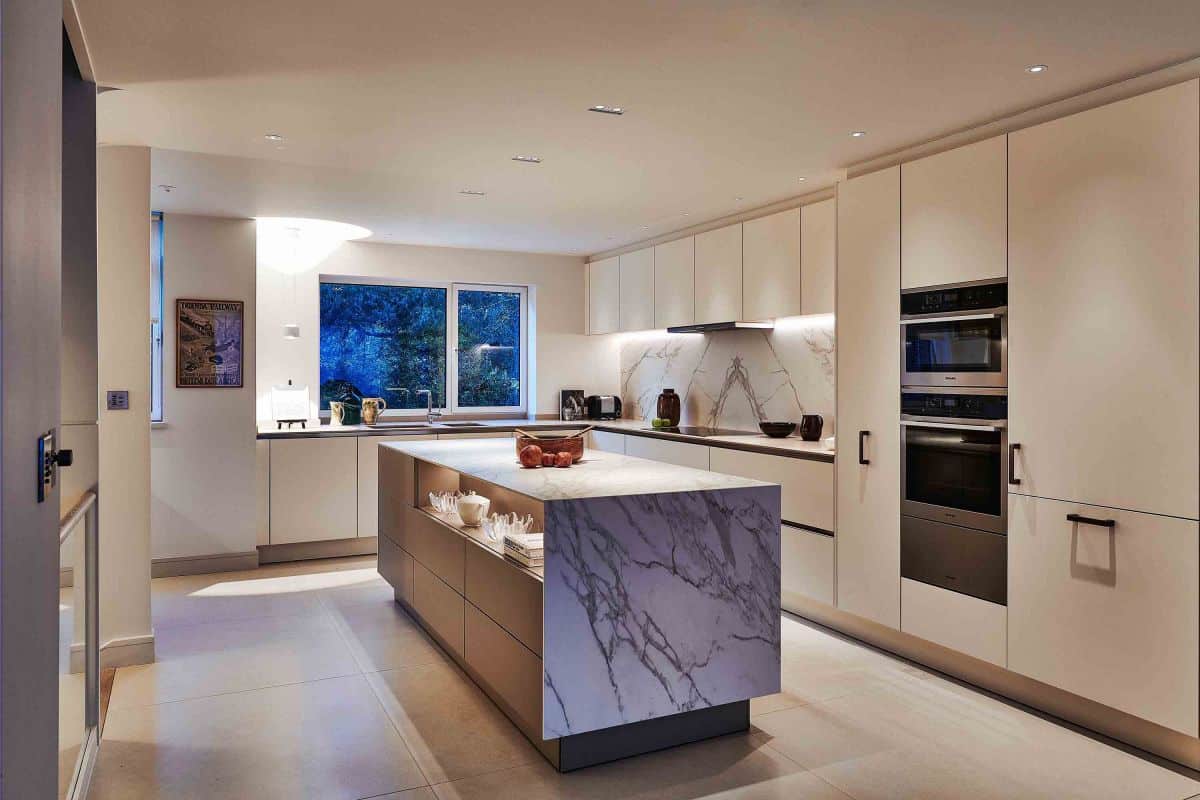I’m pleased to say that the technology has progressed immeasurably and I can happily light an entire property using LED without any sacrifice in quality. In fact, we can do things with LED that we could never have even dreamed possible 10 years ago.I would never consider going back to the old days of halogen, although it still provides an important benchmark that we now use to determine the quality of light sources.
3. How does the type and quality of a bulb affect the lighting outcome and why is it important to invest in this as well as the fixture itself?
Lighting technology is now, more than ever, a blend of science and art. A designer must be able to have the creativity to visualise how this invisible energy will impact a space, but also to appreciate how the lighting works and how it can be specified as part of the overall project. There are many things to consider when selecting a light source, but the top things to look out for are; colour temperature, colour rendering and colour consistency.
Colour temperature – We all know the terms warm white and cool white, but in reality, this classification is not very useful. Go to one supplier for a warm white and you’ll get a totally different colour to what another supplier will offer. Colour temperature is measured in kelvins (K) with the higher numbers being cooler/bluer in colour and the lower numbers more amber/red. If you need to go to different suppliers to complete the lighting design, go for consistent colour temperature. We usually specify 2700K which works really well in most residential applications.
Colour rendering – This is a measure of how accurately the light source will display colours in relation to how they should be seen under a perfect light source (like the sun). One method to measure this is the Colour Rendering Index (CRI) which is represented using a number between 0 and 100. If you get this wrong, colours can feel dull, flat, lifeless and grey. It makes such a difference, especially for artwork and fabrics. I’d recommend a CRI above 90 for vivid, true to life colours.
Colour consistency – If you tested 5 lights of the same model, from the same supplier, they will all be different. It’s the nature of the LED technology and there is nothing that can be done to avoid it. The key here is how to ensure that the difference is minimised to a point at which you won’t be able to distinguish it with the human eye. LED chips are categorised into batches by the manufacturer and made available to companies light John Cullen. Some batches have a wider grouping of colours and others have a tighter grouping. The tighter batched groups tend to have a higher cost premium associated, which is one of the reasons some lights can be more expensive than others as this premium is reflected in the consumer sale price. You’ll really notice colour difference when using a run of lights, such as on staircases or uplighting a wall. The process used to compare consistency is called “binning”.



